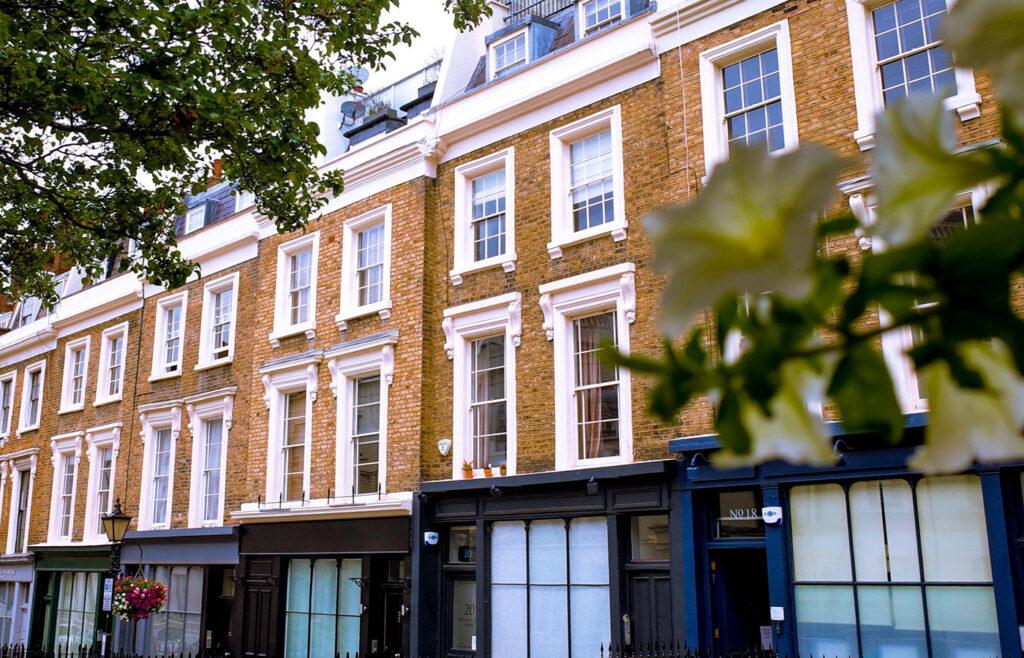
New market insight from Monta Capital, the boutique real estate investment manager, reveals that London is home to £18.7 billion worth of long-term vacant residential property, and proposes five practical solutions for fixing this glaring problem.
To understand the scale of London’s empty homes crisis, Monta Capital has analysed the latest UK government data on long-term vacant residential properties in the capital, which boroughs are home to the highest level of empty homes, and the current market value of these vacant properties.
Long-term vacant properties are defined as those that are liable for council tax but have been empty for more than six months.
The data shows that there are 36,210 long-term vacant homes across the capital. While this may only equate to just 1% of total London dwelling stock (3.75 million), they are estimated to be worth a staggering £18.7 billion in the current market and could go some way towards addressing the London housing crisis while also bringing life back to some of the capital’s proudest buildings.
The borough in which vacant units make up the largest proportion of local stock is The City of London. While there are just 261 empty properties, they equate to 3.4% of all dwellings.
Southwark is home to the second highest proportion of long-term empty homes, accounting for 2% of the borough’s total dwellings stock. Southwark is also home to the highest actual number of vacant properties, where 2,920 homes with an estimated market value of £1.6 billion have been sitting empty for six months or more.
Newham is home to the second largest total number of long-term vacant homes (2,053) with a combined market value of £889.3 million; and in Barnet there are some 1,905 empty units with a combined market value of £1.1 billion- the third highest total across the capital.
Lambeth is home to 1,886 long-term empty units which, based on the borough’s average house price, have a total market value of £1.1 billion.
Kensington & Chelsea completes the top five boroughs with the highest number of long-term empty homes. 1,720 homes across the borough have been vacant for more than six months, and due to the high local house prices, they have the highest combined market value of any borough at a total of £2.3 billion.
Five solutions for addressing London’s housing problem
1. Relax planning policies
Relaxing planning policies and introducing new initiatives aimed at encouraging developers to retrofit derelict and damaged vacant properties could significantly contribute to alleviating the housing crisis without having to construct new developments.
2. Joint ventures between the private sector and government
Joint venture partnerships between private and public sectors would enable London to leverage the tenacious innovation of the private sector which, when supported by the decision-making capabilities of local authorities, could efficiently repurpose derelict housing stock.
3. Increase investment from the Mayor of London
There needs to be more infrastructure development within London’s underprivileged communities. Increasing the desirability of areas with high vacancy rates would encourage more people to live there and thus improve occupancy. But Sadiq Khan hasn’t been forthcoming with infrastructure investment, as is illustrated, by way of example, by the number of new-build completions in London falling an average of -5% between 2017 and 2022.
4. Introduce government initiatives to regulate foreign investment
Foreign investment into London property results in a huge number of units being used merely as asset havens. It’s essential that the government encourages the proper use of these homes. Sadiq Khan has recently called upon the government to get heavy with ‘greedy investors’ in order to try to release some of these empty dwellings for proper use, but it remains to be seen if real action will be taken.
5. Direct investment towards refurbishing single-family homes
Funnelling money into refurbishing existing single-family homes will provide more affordable rental options for London residents. To be even more effective, this investment can be complemented by initiatives from lenders that make buying homes in London far more accessible.
Thomas Balashev, Chief Executive at Monta Capital, says: “London’s housing crisis seems to have been going on forever and no government, local or central, seems able to present a viable and practical solution. With the arguments around the capital’s crisis so enduring, how can it still be that so many houses are sitting empty?
“More needs to be done to address these vacant dwellings, and it starts with introducing more incentives and initiatives in the planning process. This is the responsibility of the public sector.
“But the government lacks intricate knowledge of the housing sector, so should be making more effort to work hand-in-hand with the private sector who live and breathe it every day.
“Filling empty homes is an easy win for everyone involved. It can no longer be ignored or trumped in debate by the constant desire to erect new developments.”
Data tables





